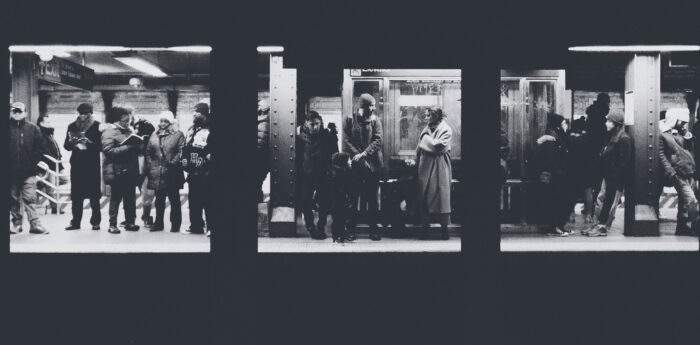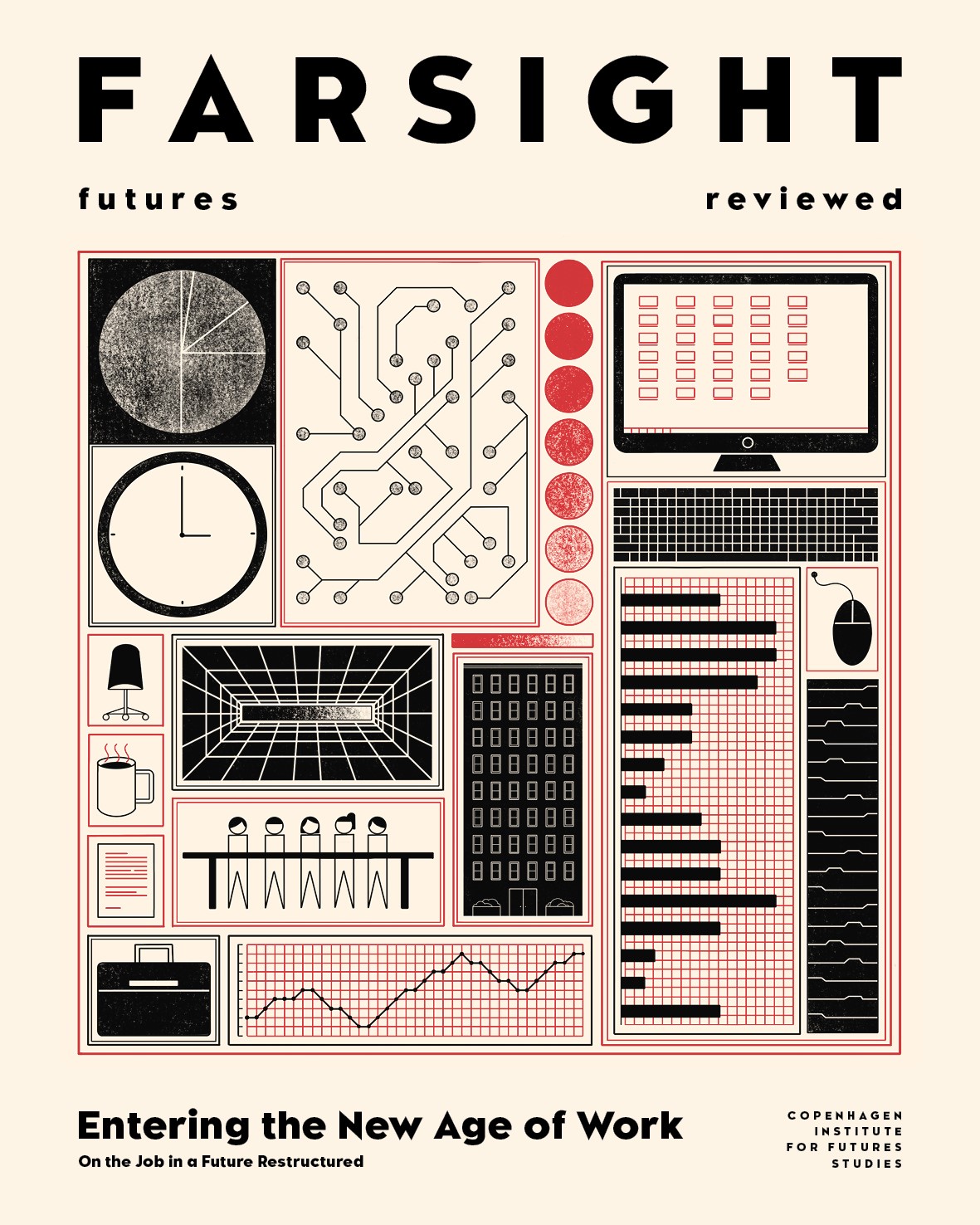
In turn, we use cookies to measure and obtain statistical data about the navigation of the users. You can configure and accept the use of the cookies, and modify your consent options, at any time.

As technology evolves, intelligent machines will take care of more and more of the work that we humans now do. Tedious tasks will be outsourced to AIs, and human workers can spend more time on work that they find meaningful and fulfilling. That’s the promise of automation – but is it more fantasy than reality? Certainly, the story lacks some crucial detail.
In his new book Work Without the Worker, author Phil Jones lays bare how many of the seemingly automated platforms and services we depend on are powered by an outsourced workforce that exists at the margins of the digital economy. These low-wage labourers, termed ‘microworkers’, rank google searches, clean data, bolster machine learning capabilities, oversee algorithms, train AIs, and do other tasks that require human cognition, but take place under the hood of the platforms that contract them. The result, according to Phil Jones, is a mirage – the creation of an automation experience for the end-user, which in reality is powered by human labour.
We talked to Phil Jones to learn more about the world of microwork and the blind spots that exist in conversations around the digitalisation and automation of work.
How does microwork function, and why does it exemplify what you call “fauxtomation” (fake automation)?
Microwork sites allow contractors to decompose larger projects into radically short pieces of work. Contractors post these ‘human intelligence tasks’ to the site, which appear on the screens of thousands of workers who jostle to complete the tasks on a piece by piece basis. The platform then takes a cut from each transaction. The work is carried out remotely and workers never encounter each other except as digital avatars on online forums.
In this way, workers on these platforms help tech companies and other large corporations to offer what I call the ‘automation experience’ to consumers. This is largely a marketing ploy so that companies seem more tech-intensive than they really are. It appears as if computers are doing the work when in fact, poorly paid workers in the background are often supporting the process, which might involve labelling data, correcting errors, transcribing audio or moderating content. A Facebook feed appears to automatically swipe away triggering content, when in fact it’s a person in the background who makes the decision whether the content is triggering. An automated vehicle needs to be fed clean labelled data about urban environments so that it does not crash, and then requires constant supervision. Automation today tends to take a hybrid form where workers do the tasks that the machine can’t do.
Who are the microworkers?
The majority of microworkers are in the Global South, in countries such as India, Kenya, and Venezuela. Microwork takes place remotely, so workers might perform the work in their homes, internet cafes or large hidden facilities. The platforms on which they do the work are often incredibly opaque and difficult to access unless you actually do the work yourself. Often, workers on these platforms can’t talk about the work because they have signed non-disclosure agreements or fear being kicked off the platforms. Platforms can kick workers off without offering a reason why because they are not classed as employers but intermediaries. This means that workers are often scared of talking about the reality of their work.
You believe that microwork shows how the lines between casualty and beneficiary of automation are becoming unclear. Can you explain what you mean by this?
Well, institutions like the World Bank have tried to hold up microwork as an example of the kinds of digital work that might save the labour markets of countries such as the Philippines or Venezuela. Workers in these countries are, somewhat perplexingly, considered to be the beneficiaries. But the reality is that many of those “beneficiaries” may have already been the casualties of new technologies, with technological progress having already pushed them out of more stable work.
What would your response be to those who claim that this world of platform-based microwork is actually a positive – that workers would rather have the work than not have it?
This is an ideological myth as old as capitalism itself, where workers are encouraged to feel thankful to their employers for offering them a job. It’s unsurprising that the myth tends to be repeated in the context of the worst kinds of work. The workers that are doing this are often desperate for work because they live in countries where unemployment levels are high, and the informal sector dominates.
Isn’t it just a matter of time before we see ‘true automation’ rather than the paralysing hybrid you describe – freeing up human workers to do more fulfilling work?
Artificial intelligence would have to develop significantly to the point where it requires less supervision and can, therefore, learn from data that has not yet been processed. There is very little evidence that this is going to happen on a wide scale any time soon. AI depends on big data, and big data requires processing.
It’s important to remember that the impact of automation has less to do with the erasure of whole jobs and more to do with adaptations to a given job’s task composition and, subsequently, the overall quality of the work. Most jobs are the result of various tasks with varying degrees of susceptibility to automation. Automation might not wipe out a whole job, just some of the tasks that comprise it. In this spirit, AI does not tend to create fully automated systems but rather systems that partially automate jobs and outsource certain tasks to the crowd in a kind of machine-human hybridity.
The main problem is that automation has continued at a similar pace to other historical periods, but the rate at which capitalism creates jobs has slowed down. This means there has been a quantitative drop in demand, which lead to a shift in terms of the quality of jobs available. Microwork is, in no small part, the result of this dynamic.
What are some of the challenges related to studying labour in the digital economy?
The main challenge is gaining access to microworkers. Many of them work in places that are difficult to access such as refugees, slums, poor rural areas and even prisons. Most workers do the work from home, which also means it’s difficult to contact them aside from on online forums and messaging boards. There is often no central contact point for the workers like there might be for delivery or factory workers.
Have you given thought to how the metaverse and microwork could merge or co-evolve in the future?
It is possible that we’ll see the microwork model generalised to all kinds of work that involve virtual reality or augmented reality. This would mean workers plug into the metaverse to complete remote tasks for contractors thousands of miles away. Already, we’re seeing workers in Colombia pilot delivery bots on California campuses. Virtual reality would allow this kind of work to happen on a far wider scale than now.
This is an article from “Entering the New Age of Work” (2022)
Get your copy here
